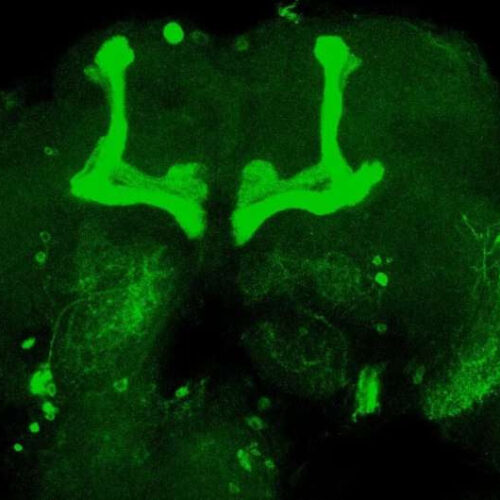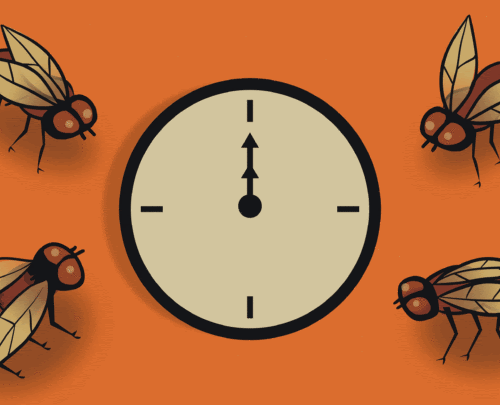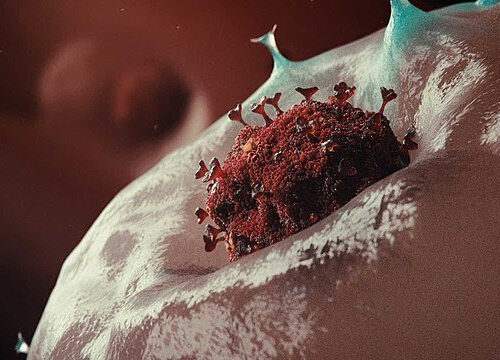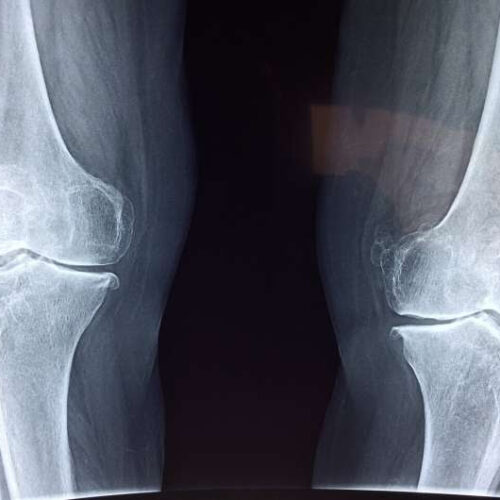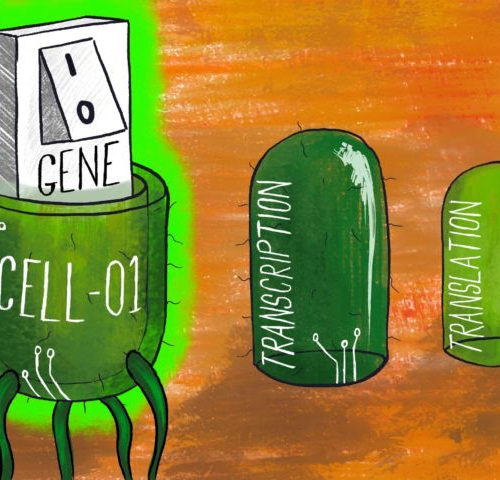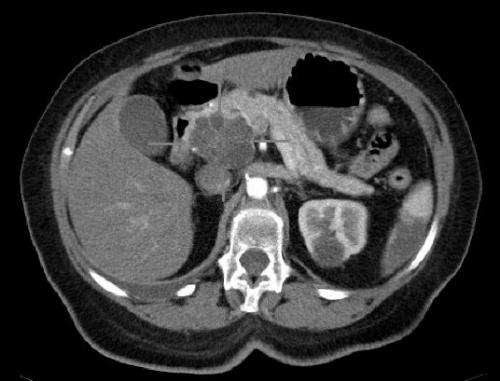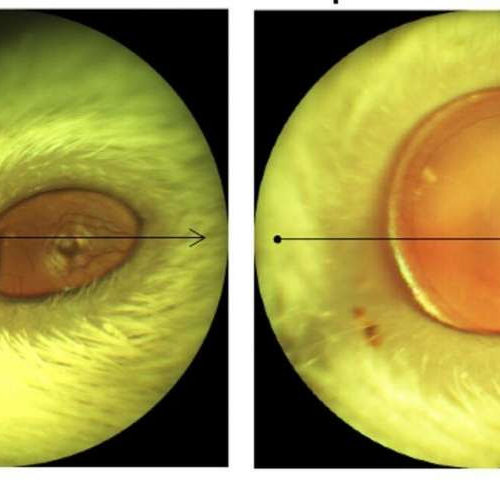by University of Geneva Neurons in drosophila brain marked with green fluorescent protein. The most colored parts highlight the mushroom bodies, a key center for sleep regulation. Credit: UNIGE All living organisms are subject to an internal biological rhythm, which controls many physiological processes. In humans in particular, this internal clock follows a 24-hour cycle and...
Tag: <span>Genes</span>
Movement of genes within cells helps organisms tell time
Almost every living thing on Earth—from bacteria to plants to people—have a circadian rhythm, the biological clock that controls both physiology and behavior of organisms over a 24-hour period. This internal timekeeping has been the subject of intense study for decades (the discovery of the genes that drive it led to the Nobel Prize in...
Scientists identify genes linked to severe COVID-19 cases
Some people recover from COVID-19 quite easily, while others suffer terrible consequences or even die. This, of course, is related to the overall condition of your body, but there are other factors at play as well. For example, scientists researchers from the University of Edinburgh with international partners have discovered 13 DNA sequences that are associated with...
New map reveals genes that control the skeleton
by Garvan Institute of Medical Research X ray of knees. Credit: Garvan Institute of Medical Research Research led by the Garvan Institute of Medical Research has for the first time mapped the unique genetic profile of the skeleton’s ‘master regulator’ cells, known as osteocytes. The study published today in Nature Communications outlines the genes that are switched on...
RNA scientists identify many genes involved in neuron development
by University of Michigan Neurons in the fruit fly brain are made by passing through various differentiation states, and are segregated into unique subtypes based on the age and cell division number of their mother cell (progenitor). The complexity of this process is modelled in the diagram above. Different RNAs play a role in these neuron...
Bioengineers learn the secrets to precisely turning on and off genes
In a recent study led by the University of Bristol, scientists have shown how to simultaneously harness multiple forms of regulation in living cells to strictly control gene expression and open new avenues for improved biotechnologies. Engineered microbes are increasingly being used to enable the sustainable and clean production of chemicals, medicines and much more....
Response to cancer immunotherapy may be affected by genes we carry from birth
UNIVERSITY OF CALIFORNIA – SAN FRANCISCO For all their importance as a breakthrough treatment, the cancer immunotherapies known as checkpoint inhibitors still only benefit a small minority of patients, perhaps 15 percent across different types of cancer. Moreover, doctors cannot accurately predict which of their patients will respond. A new study finds that inherited genetic...
MSK scientists learn how genes and environment conspire in pancreatic cancer development
MEMORIAL SLOAN KETTERING CANCER CENTER Like weeds sprouting from cracks in the pavement, cancer often forms in sites of tissue damage. That damage could be an infection, a physical wound, or some type of inflammation. Common examples include stomach cancer caused by H. pylori infection, Barrett’s esophagus caused by acid reflux, and even smoking-induced lung...
Scientists learn how genes and environment conspire in pancreatic cancer development
by Memorial Sloan Kettering Cancer Center Axial CT image with i.v. contrast. Macrocystic adenocarcinoma of the pancreatic head. Credit: public domain Like weeds sprouting from cracks in the pavement, cancer often forms in sites of tissue damage. That damage could be an infection, a physical wound, or some type of inflammation. Common examples include stomach cancer...
Study in mice shows genes may be altered through drug repurposing
by University of Illinois at Chicago A representative eye of a PAX6 deficient mouse after treatment (right) showing a better-developed eye and clear cornea compared to a control treated PAX6 deficient mouse eye (left) showing a smaller eye with scarring and blood vessel growth. Credit: University of Illinois Chicago Researchers at the University of Illinois Chicago have...

